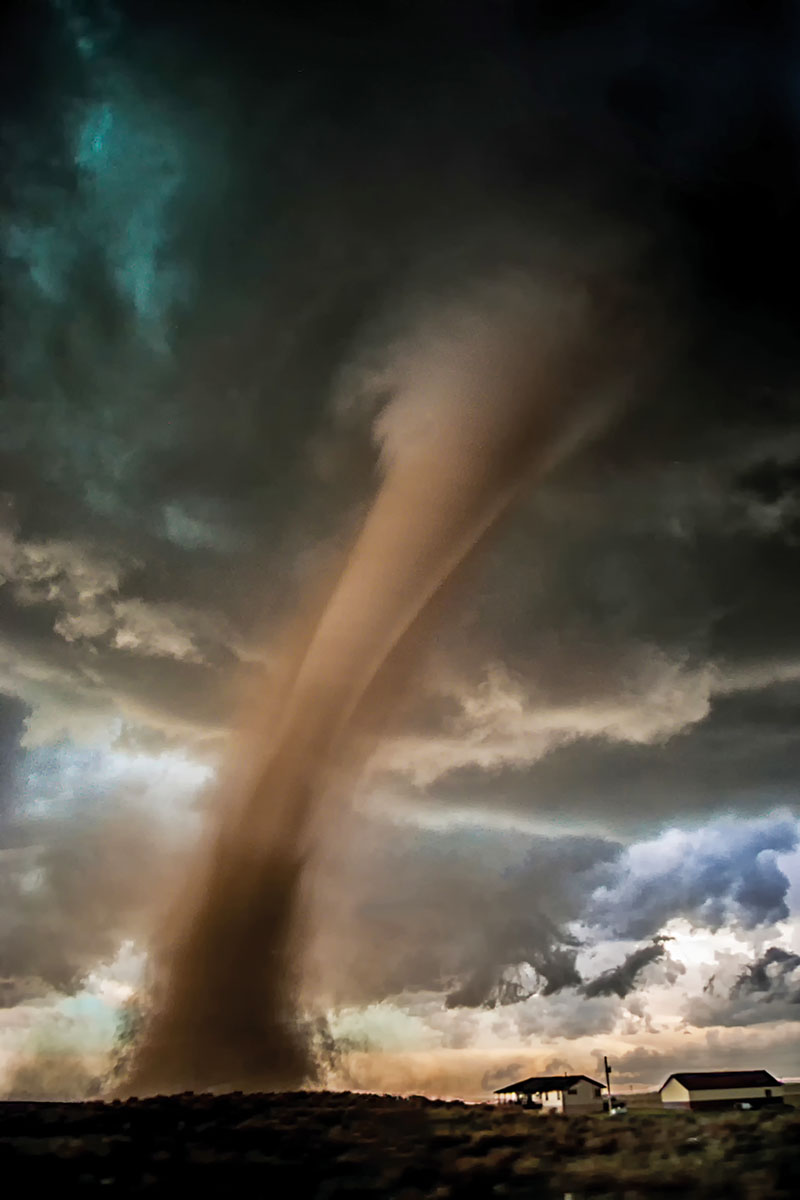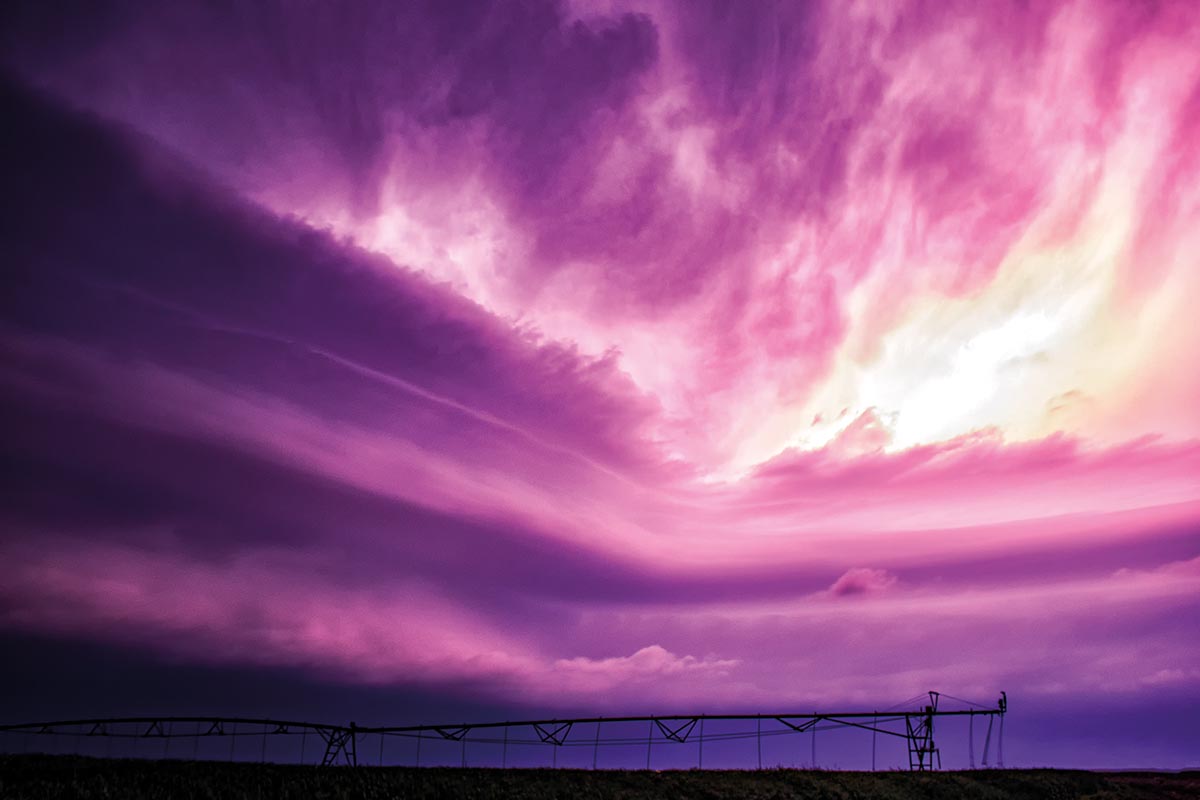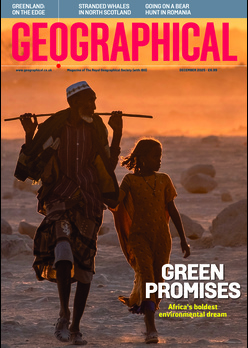
Photographer and Arizona native Tori Ostberg captures stunning images while storm chasing across The Great Plains of America
Tori Ostberg always wanted to chase storms. From as early as she can remember, the idea consumed her. However, growing up in Phoenix, Arizona – a desert state whose monsoon season can bring dramatic weather but not the tornadoes that she longed to see – she had to wait until she could drive to the Great Plains before she could really pursue her dream. It was worth the wait. ‘It’s all I’ve ever wanted to do with my life,’ she says. ‘I grew up watching these documentaries and I checked out every single book in the library about tornadoes. I just developed this idea in my head that someday I wouldn’t be stuck in the desert – someday I’d be able to go out and pursue these storms.’


The Great Plains – a vast flatland situated between the Mississippi River in the west of the USA and the Rocky Mountains in the east – are the ideal place for storm chasers. Most US tornadoes occur here, generated by the storms caused when cold, dry air moving south from Canada meets warm, moist air travelling north from the Gulf of Mexico.
Over several years of storm chasing, Tori has developed her photographic technique so that she can produce stunning images, but for her, it’s not really about art. ‘It’s like how some trophy hunters will keep the antlers from an elk,’ she says. ‘For me, it’s these pictures.’ Achieving them, however, can be hard work. ‘Sometimes you’ll drive for ten, 11 hours and not get anything at all. Most tornadoes only last a few minutes, tops. And I’ve always had this difficult time with being too excited to get it together while the tornado is on the ground, so I end up with blurry or noisy pictures! But really, it depends on the storm. It’s about positioning and repositioning, figuring out where you are in relation to where the rotation of the storm is – or the hail. Because we can get monster, softball-sized hail.’


Forecasting services are essential. Tori makes use of a range of online tools to figure out the risk category of a potential storm as well as its exact location. She’ll check the news every hour and readjust her position. But it’s not necessarily about chasing the biggest storm. ‘I’ve only chased a couple of high-risk days. There’s a sense of dread that comes with them, because none of us want to see death and destruction. Some tornadoes have wiped entire towns off the map. So there’s a balance to being amazed by it and humbled by it.’
Insights from Tori Ostberg
My Purpose
‘Photos are my record of a storm that I’ve seen, a way of saying, “I was there, I made it, I forecasted correctly.” The photo is essentially my trophy for a good day. Sometimes, it’s about the art, but most of the time, it’s about recording the story.’
My Inspiration
‘I’m inspired by other storm chasers. Their work is very inspiring and makes me think, “This is what I could do after a couple more years’ experience.” But also classic photographers such as Ansel Adams – he was a big influence growing up for sure.’
My Advice
‘Keep going. Just roll with it and every single time that you fail, look for lessons in it. Also, it’s not about fancy equipment – it’s about what you do with what you’ve got. My photo that ended up making National Geographic in 2016 was shot with a basic, entry-level DSLR.’
Find Tori on Twitter: @copperstatestormchasing
Find Tori on Facebook: www.facebook.com/copperstatestormchasing




